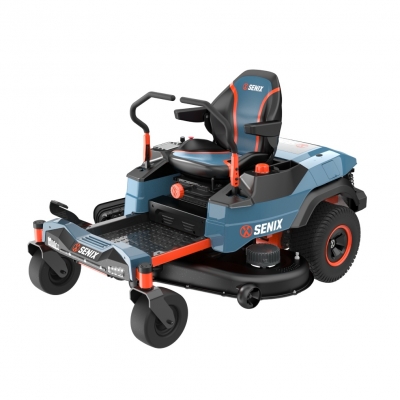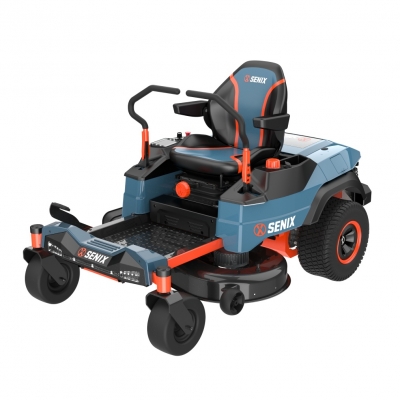Reciprocating Saw 101: What It Is & How to Use It [2025 Guide]
A reciprocating saw is a handheld power tool designed for fast cutting through wood, metal, drywall, and other materials using a push-and-pull motion. Unlike precision saws, it excels in demolition and rough cutting tasks where speed and versatility matter most. If you’ve ever asked, “What is a reciprocating saw?”, the answer is simple: it’s one of the most powerful and adaptable cutting tools available for construction, remodeling, and DIY projects. Brands like SENIX have made modern reciprocating saws even more efficient with cordless technology, ergonomic design, and long-lasting battery systems.
What is a Reciprocating Saw?
Reciprocating Saw Meaning Explained
The term “reciprocating” refers to the back-and-forth motion of the blade. This motion allows the tool to cut quickly through nails, wood, pipes, and even tree branches.
How Does a Reciprocating Saw Work?
A motor powers the blade in a rapid, linear stroke. When paired with the right blade, it can handle everything from pruning to cutting metal rods. Many SENIX models use brushless motors, which deliver higher efficiency and longer tool life.
Reciprocating Saw in Construction and Demolition
These saws are a staple in demolition work because they cut through studs, plaster, and fasteners without needing precision. Contractors rely on them for speed and versatility when tearing down walls or modifying structures.
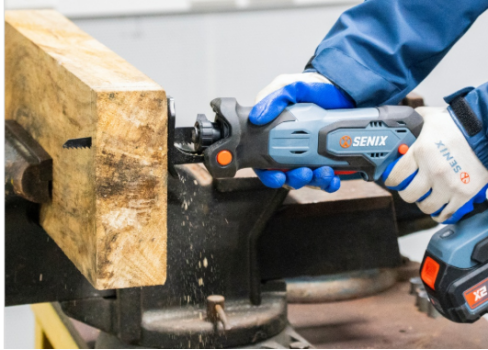
Common Uses of a Reciprocating Saw
What is a Reciprocating Saw Used For?
Cutting through wood with nails
Trimming metal pipes and rebar
Demolishing walls and flooring
Pruning thick tree branches
Cutting PVC and drywall
DIY vs Professional Applications
For homeowners, reciprocating saws are excellent for pruning trees, removing old fixtures, or tackling repair jobs. Professionals use them daily for construction demolition, HVAC installations, and plumbing adjustments.
Safety Tips for Beginners
Always wear safety goggles and gloves.
Hold the tool firmly with both hands.
Use the right blade for the material.
Keep fingers and cords away from the blade path.
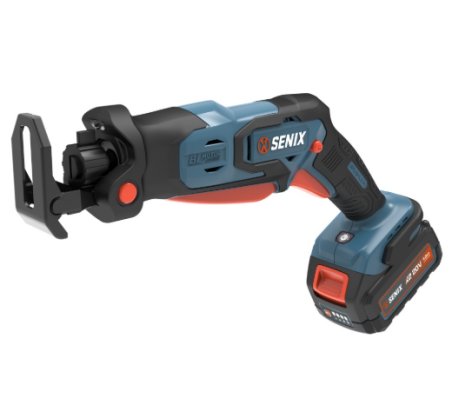
Types and Parts of a Reciprocating Saw
Corded vs Cordless Reciprocating Saws
Corded saws provide unlimited runtime but limit mobility. Cordless versions, like the SENIX 60V X6 Series, deliver power comparable to corded tools with the advantage of portability.
Reciprocating Saw Blades Explained
Blades vary by material:
Wood blades – fewer teeth per inch (TPI) for faster cuts
Metal blades – higher TPI for smooth, precise cuts
Specialty blades – carbide-tipped for masonry and thick metal
Key Features to Look For
Variable speed trigger for control
Quick blade change system
Anti-vibration design for comfort
Long-lasting lithium-ion battery (in cordless models)
Reciprocating Saw vs Other Power Saws
Reciprocating Saw vs Jigsaw
Reciprocating saw: Best for rough demolition and pruning
Jigsaw: Designed for curved and precision cuts
Reciprocating Saw vs Circular Saw
Reciprocating saw: Cuts in any direction, excellent for irregular shapes
Circular saw: Best for long, straight cuts in wood and sheet materials
Which One Should You Choose?
If you need controlled, precise cuts, go with a jigsaw or circular saw. If you want speed, versatility, and demolition power, a reciprocating saw is the right tool.
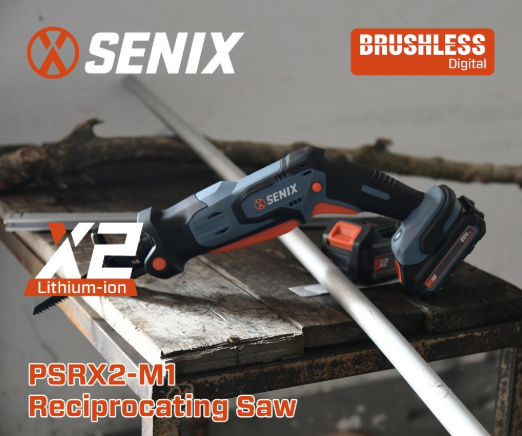
Buying Guide – How to Choose the Right Reciprocating Saw
Factors to Consider Before Buying
Power source: Corded or cordless
Stroke length and speed: Determines cutting efficiency
Ergonomics: Comfort and reduced vibration matter during long use
Durability: Choose tools with strong housing and dependable warranties
Cordless Reciprocating Saw Advantages
Cordless models like the SENIX 20V cordless saws offer maximum portability without compromising performance. They eliminate cord restrictions, making them perfect for outdoor projects or tight workspaces.
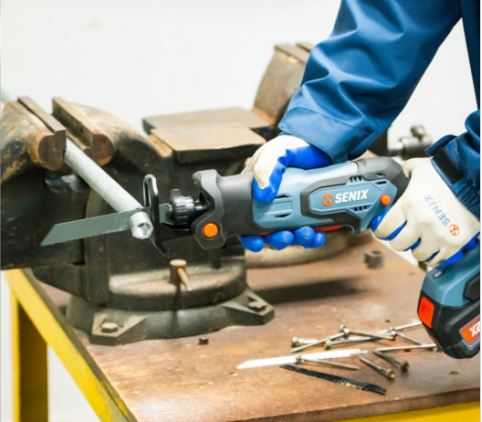
Extra Insights About Reciprocating Saws
History of the Reciprocating Saw
Reciprocating saws first appeared in the mid-20th century as industrial tools. Over the decades, advancements in cordless systems, brushless motors, and specialized blades have turned them into essential equipment for both professionals and homeowners.
Maintenance and Blade Replacement Tips
Replace blades regularly to ensure clean, efficient cuts.
Remove sawdust and debris after every use.
Store in a dry, cool environment to extend tool and battery lifespan.
FAQs About Reciprocating Saws
Q1: Can a reciprocating saw cut through concrete?
Yes, with a carbide-tipped blade designed for masonry.
Q2: How is it different from a hacksaw?
A reciprocating saw is powered and far faster, while a hacksaw is manual.
Q3: Is a reciprocating saw safe for beginners?
Yes, as long as users follow safety guidelines and select the right blade.
Conclusion
A reciprocating saw is one of the most versatile power tools for home renovation, yard work, and construction. With SENIX 20V cordless saws, you get portability, cutting strength, and ergonomic comfort in one package. If you’re looking for a tool that balances speed, flexibility, and reliability, a SENIX reciprocating saw is an investment worth making.


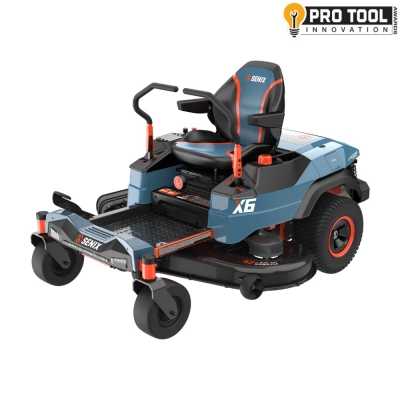
 (5.0)
(5.0)